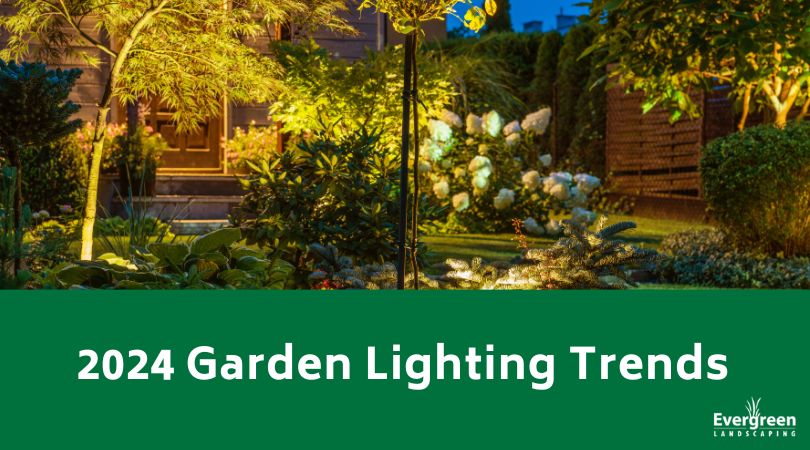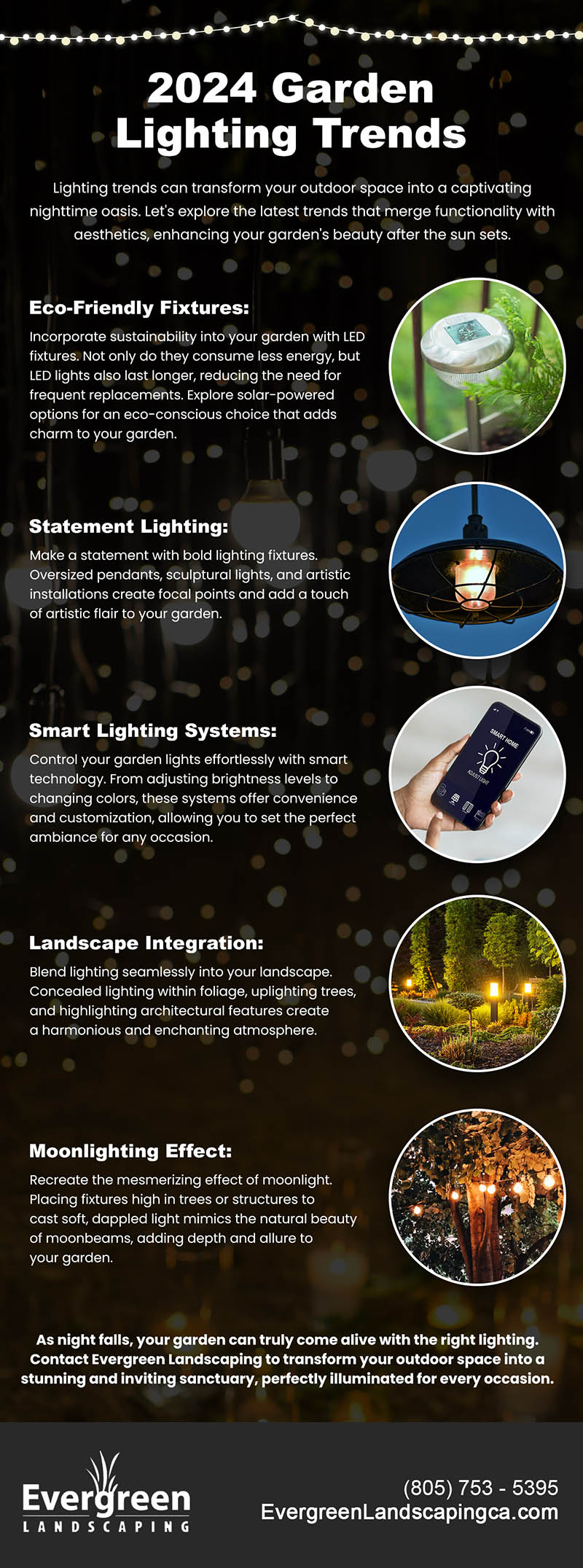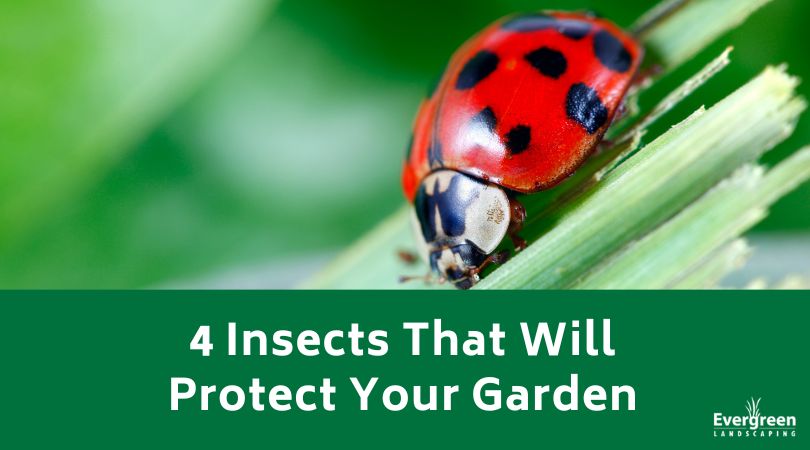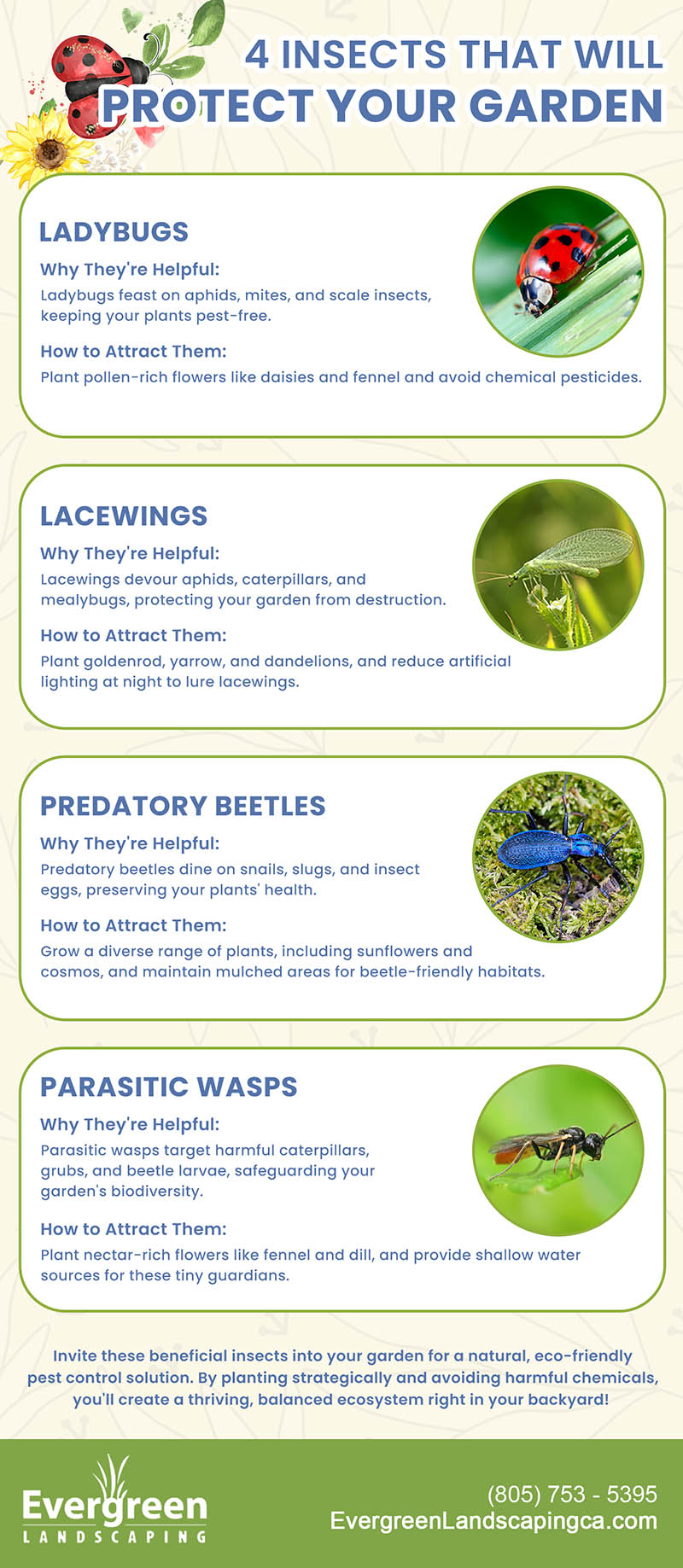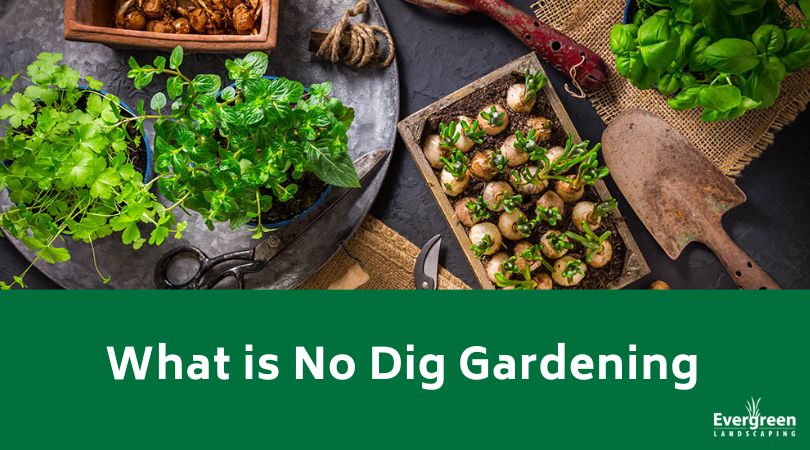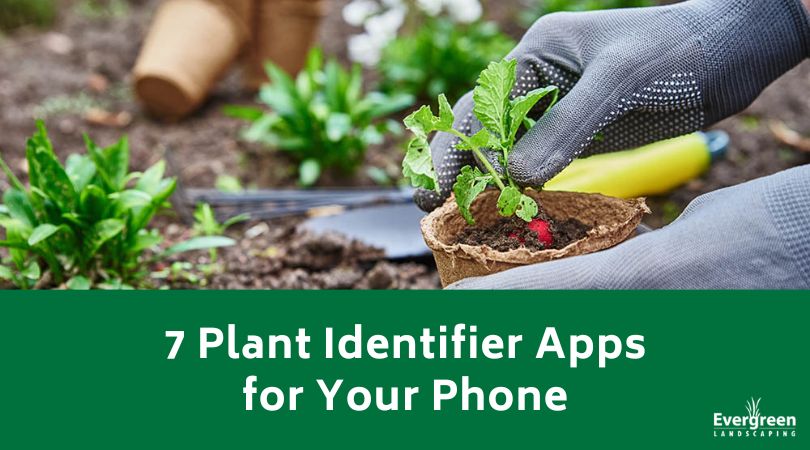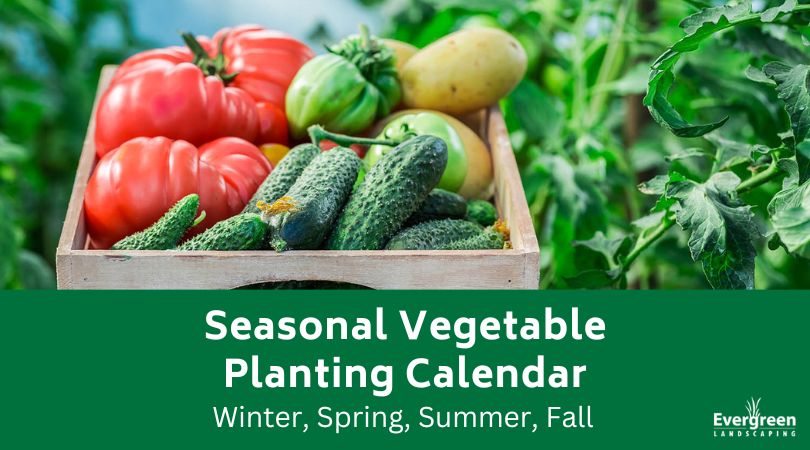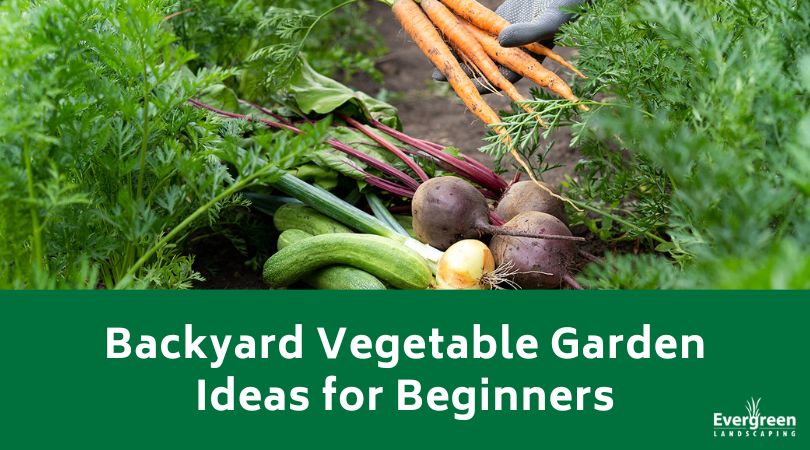The Best Native Plants for Central California Gardens
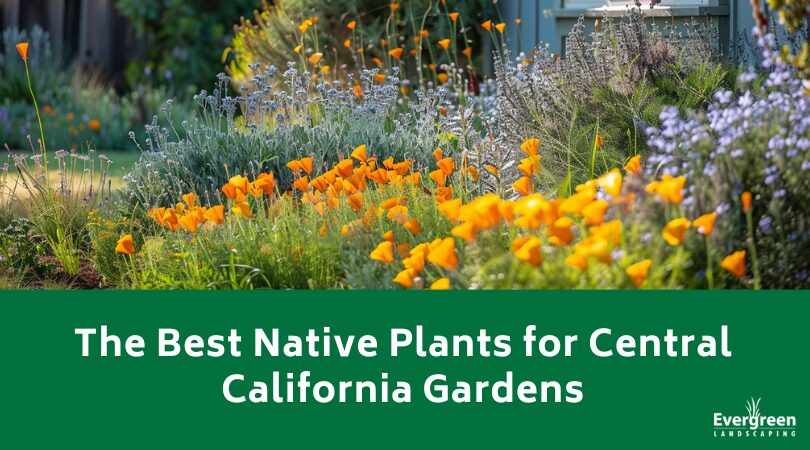
In the heart of Central California, where the landscape melds into a vivid tapestry of natural beauty, gardens and landscaping projects take on a life of their own. Amidst this backdrop, a movement towards sustainability and ecological mindfulness is taking root, with gardeners and landscapers turning increasingly towards native plants. The benefits of this shift are manifold, promising not only to enhance the aesthetic appeal of gardens but also to contribute significantly to environmental conservation efforts.
The Benefits of Native Plants
Lower Water Usage
In Central California, where water is as precious as gold, the adoption of native plants in gardens is a testament to efficiency and sustainability. Native plants are adept at thriving in their home environment, requiring far less water than their exotic counterparts. This adaptation not only ensures the survival of these plants with minimal water input but also significantly reduces the garden’s overall water footprint, a crucial consideration in the arid Californian climate.
Less Maintenance
The charm of native plants extends beyond their water-saving prowess to include their remarkable self-sufficiency. Evolved over millennia to withstand the local pests, diseases, and climatic conditions, these plants demand less in terms of fertilizers, pesticides, and pruning. This low-maintenance approach not only saves time and resources but also reduces the garden’s environmental impact, aligning with a more organic and sustainable gardening practice.
Support for Local Wildlife
Perhaps the most enchanting aspect of incorporating native plants into the landscape is their role as life-giving oases for local wildlife. From the buzzing bees that dance from flower to flower to the butterflies that add a splash of color to the garden, native plants offer vital nourishment and shelter to these creatures. This biodiversity is not just a boon for the garden’s ecological balance but also for the broader environment, contributing to the health and sustainability of local ecosystems.
Top Native Plants for Central California Gardens
California Poppy (Eschscholzia californica)
As the state flower of California, the California poppy is a dazzling addition to any garden. Its golden-orange blooms are a magnet for pollinators, while its drought tolerance makes it a stalwart choice for sustainable landscaping.
Coast Live Oak (Quercus agrifolia)
The majestic Coast Live Oak is a cornerstone of local ecosystems, offering shade and habitat to countless wildlife species. Its resilience and grandeur embody the spirit of Central California’s landscapes.
Purple Needlegrass (Stipa pulchra)
Earning its place as California’s state grass, Purple Needlegrass is a testament to the beauty and resilience of the region’s native flora. Its adaptability to varying soil and moisture conditions makes it an excellent choice for gardeners seeking a low-maintenance yet visually appealing groundcover.
Manzanita (Arctostaphylos spp.)
With its distinctive red bark and delicate flowers, Manzanita is a favorite among native plant enthusiasts. Its ability to attract pollinators, coupled with its drought resistance, underscores its value in a sustainable garden.
Ceanothus (Ceanothus spp.)
Often referred to as California lilac, Ceanothus enchants with its vibrant blue or purple flowers. This plant not only beautifies the garden but also serves as a crucial nectar source for butterflies and other pollinators.
Seasonal Considerations for Native Plants
Central California’s climate presents unique challenges and opportunities for gardeners. To ensure your native garden thrives, it’s important to understand the seasonal rhythms and how they affect plant life.
- Spring: This is a prime time for planting most native species, as the mild weather and increased rainfall help young plants establish their root systems. It’s also an ideal time to mulch around plants to conserve moisture and suppress weeds.
- Summer: Focus on deep, infrequent watering to encourage deep root growth, which helps plants withstand dry conditions. Some native plants may go dormant in the summer; resist the urge to overwater, as this can be harmful.
- Fall: Consider planting native trees and shrubs during this time, as the cooler temperatures and early rains promote root development before the winter. It’s also a great time to collect seeds from annuals and perennials for next year’s garden.
- Winter: While many plants are dormant, it’s an excellent period for planning and preparing the garden for spring. Assess the garden’s structure and consider new additions or changes for the upcoming growing season.
By aligning your gardening activities with these seasonal guidelines, you can enhance the health and vitality of your native garden, ensuring it remains a vibrant and sustainable oasis year-round.
Implementing Native Plants in Your Garden
When venturing into the realm of native gardening, the key is to start with a well-thought-out plan. Begin by observing your garden’s unique conditions, such as sunlight exposure, soil type, and moisture levels. This will guide you in selecting the right plants for the right places, ensuring their growth and success. Engage with local nurseries and gardening groups that specialize in native plants to gain insights and access to a wider variety of species. These resources can be invaluable in offering specific planting advice and care tips tailored to your local environment.
Consider incorporating a variety of plant types, including trees, shrubs, grasses, and flowers, to create a layered and biodiverse garden. This not only enhances the garden’s aesthetic appeal but also supports a wider range of wildlife. Additionally, think about the long-term growth of the plants, allowing enough space for them to reach their full size and spread.
Get Planting
The shift towards native plants in Central California’s gardens is more than a trend; it’s a movement towards sustainability, beauty, and ecological responsibility. By choosing native plants for our landscaping projects, we not only conserve water and reduce maintenance but also support the myriad forms of wildlife that make our gardens vibrant and alive. Let us embrace this opportunity to contribute to the health of our planet, one garden at a time. Contact Evergreen Landscaping today to create your dream garden!

